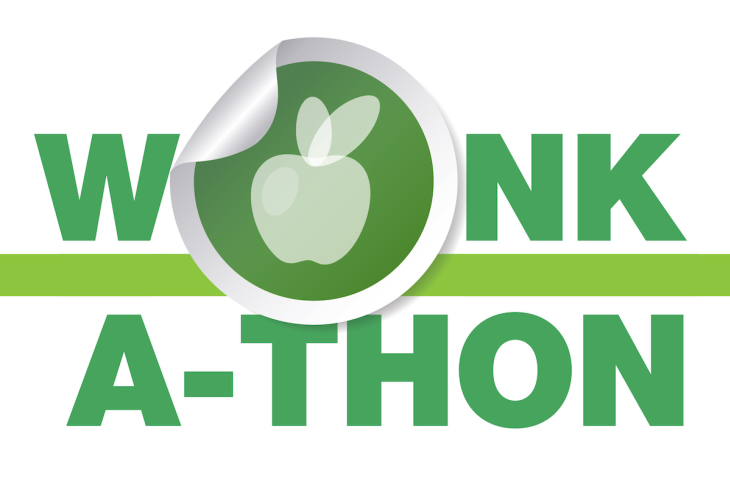Editor’s note: This essay is an entry in Fordham’s 2021 Wonkathon, which asked contributors to address a fundamental and challenging question: “How can schools best address students’ mental health needs coming out of the Covid-19 pandemic without shortchanging academic instruction?” Click here to learn more.
A miserable student with great academic scores is not an American education story worth celebrating. Besides, it’s a mistake to expect students to thrive academically when they suffer socially or emotionally. All learning takes place in a social-emotional context, and when such context is neglected or abused, it should come as no surprise to see student mental health challenges pop up or get worse. Students’ need time to home in on social-emotional knowledge and skills. We’re better off in terms both of academics and student mental health when we take their social-emotional learning (SEL) seriously.
At this stage of SEL policy maturation, schools and school systems do at least rhetorically take the subject of SEL seriously; teachers and principals understand the value of SEL and believe it’s needed in their halls and classrooms. The trouble is that it’s all too easy to implement SEL poorly: Schools lack high-quality SEL instructional materials, and they lack high-quality professional SEL opportunities. They don’t have meaningful, dedicated time to teach it, much less enable students to learn and practice it. In SEL policy circles, I regularly hear the refrain, “integrate SEL!” as the thing to do, but what narrow focus risks ending up being is a non-evidence-based do-it-yourself sprinkling of SEL added into the cracks and corners of math, history, science, and English language arts classes—the “core four.” Interweaving SEL through the course of the learning day, within the core four and elsewhere, is a worthy endeavor and should be part of comprehensive implementation as a way to reinforce and develop SEL competencies, but it’s secondary to the whole of the SEL project and will not alone deliver on a promise of socially and emotionally competent young people.
To get our SEL house in order, we need to start on the first floor, not as a mile-wide-inch-deep add-on or afterthought, but as a meaningful subject in its own right, something directly teachable, something broadly useful for students’ futures, something warranting teachers’ study, care, and attention, something demanding of HQIM (high-quality instructional materials) and HQPL (high-quality professional learning). Because SEL permeates so much else in youth learning and development—not to mention school climate, curricula, and pedagogy—it should be thought of as foundational, something important for all students, for all teaching and learning. Borrowing an idea that originated with recently retired, award-winning high school teacher, Keeth Matheny, SEL should be considered the fifth core.
SEL as the fifth core would produce better overall mental health outcomes than targeted (tier II), intensive (tier III) or sprinkled SEL would. This claim follows from the prevention paradox: “a large number of people exposed to a small risk may generate many more cases [of an undesirable outcome] than a small number exposed to a high risk.” In other words, it’s better to aim SEL at the whole population of students to prevent undesirable mental health outcomes, rather than aim mental health interventions only at those students who show signs of heightened mental distress or disorder—if we wish to produce better student mental health outcomes.
Dedicated SEL is the preventive tool for the job. It protects against emotional distress for young people, enhances positive attitudes and prosocial behaviors, and enables them to manage mental health challenges. SEL dovetails with trauma-informed practices and is associated with other aspects of mental health that increase students’ attachment to school and motivation to learn, while reducing risky behaviors.
I should hasten to add that some students will still need more targeted and intensive mental health interventions. Universal SEL should not be thought to replace those but to serve in complement to them, commonly under an MTSS (multi-tiered system of support) or a theory of proportionate universalism. (Accepting the prevention paradox, proportionate universalism “suggests that health interventions [including policy] need to be universal, not targeted, but with intensity and scale proportionate to the level of disadvantage and/or social need.”) After all, while SEL works on mental health, it is primarily an educational endeavor, not a healthcare intervention, per se. Importantly, investing in SEL, with educators (ideally) leading the charge, means mental health professionals can be freed up to more successfully attend to tier II and III work. It offers schools and school systems an alternative to more expensive mental health investments that risk falling off a fiscal cliff when federal Covid-19 relief funds run out.
As novel as “SEL as the fifth core is,” it’s not all that new. Many schools across the country already dedicate class time for SEL, have HQIM and HQPL for it, implement it under MTSS, and reinforce SEL competencies throughout the learning day. What is new is that SEL as the fifth core accepts SEL as a subject in its own right and acknowledges SEL’s significance to education.
Jordan Posamentier is the Director of Policy and Advocacy at the Committee for Children. Disclosure: Committee for Children offers research- and evidence- based SEL programs and will offer an SEL for Adults (SELA) program beginning this year.


